Ever wished your small balcony could look like a mini garden café? With the right hanging planter, it’s possible — even in tight spaces. I remember the first time I walked onto a friend’s balcony in Pune and saw their beautiful bamboo planters cascading with green vines — it felt like stepping into a secret garden. If balcony space feels limited, a hanging planter can save precious floor area while adding an elegant touch to any corner.
This guide walks beginners through everything they need to know about the Kreliv Bamboo Terracotta Hanging Planter — from its benefits and DIY tips to maintenance hacks and styling ideas.
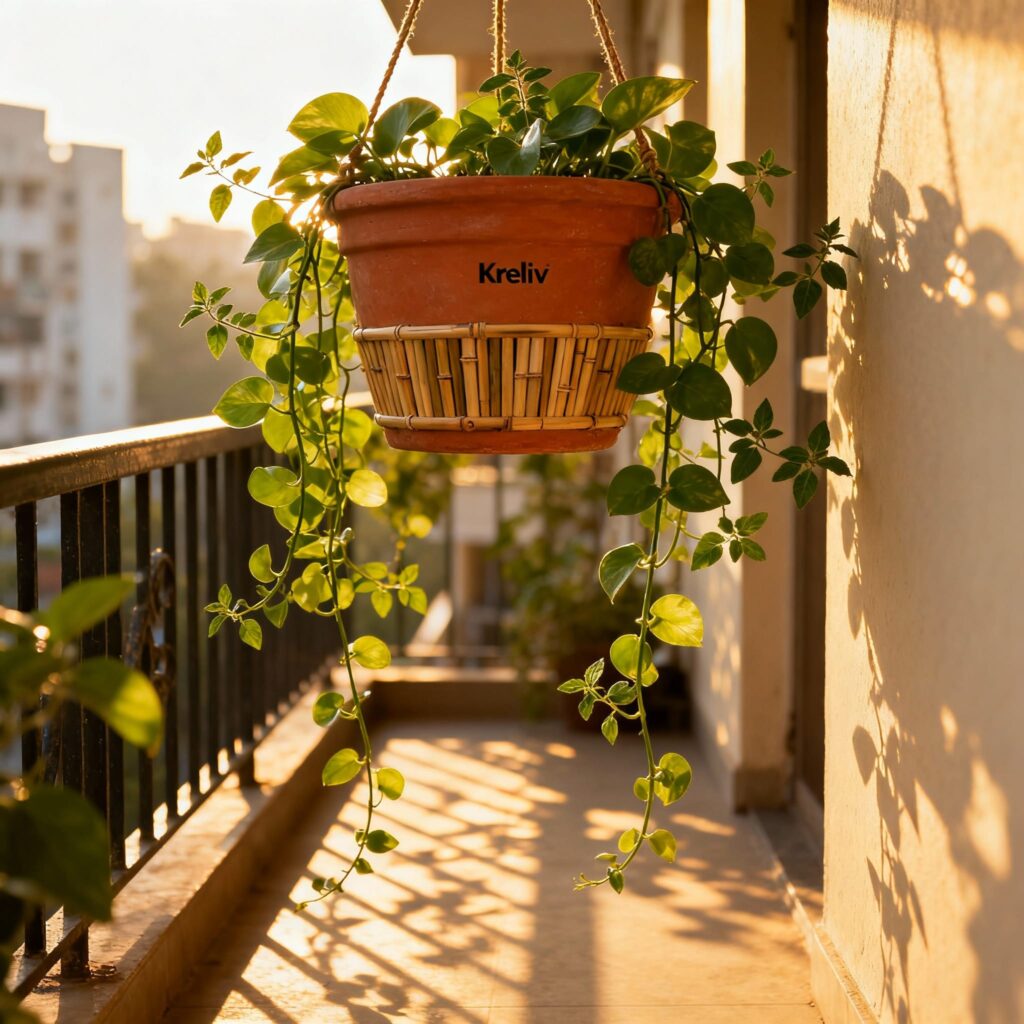
Best Bamboo Terracotta Planters Comparison
| Product | Material | Ideal For | Price Range | Buy Link |
|---|---|---|---|---|
| Kreliv Bamboo Terracotta Hanging Planter | Bamboo + Terracotta | Eco-friendly balcony decor | ₹800–₹1,200 | Check on Amazon |
| Jute Hanging Planter | Jute fabric | Rustic natural look | ₹500–₹800 | View Price |
| Ceramic Hanging Pot | Glazed ceramic | Elegant indoor/outdoor | ₹700–₹1,000 | Check on Amazon |
| Plastic Planter | Durable plastic | Budget option | ₹200–₹500 | [View Price →] |
My Pick: The Kreliv planter is my go-to choice — lightweight, elegant, and perfect for Mumbai’s humid summers. It’s eco-friendly and worth every rupee.
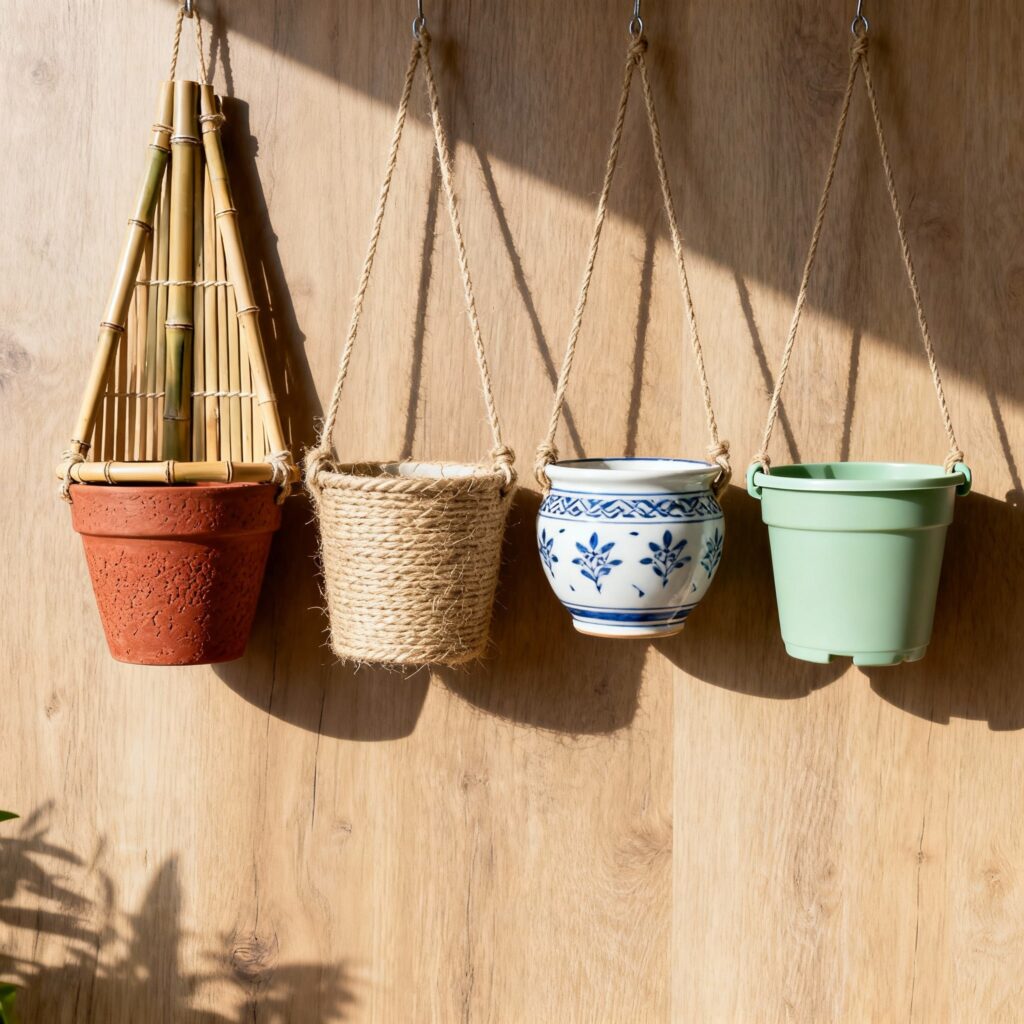
What is a Bamboo Terracotta Hanging Planter?
When I first discovered bamboo terracotta planters, I was amazed at how two simple natural materials could create something so beautiful and functional. A bamboo terracotta hanging planter combines bamboo’s structural flexibility and terracotta’s cooling, breathable properties. The bamboo frame provides a sturdy hanging mechanism while the terracotta pot sits comfortably inside, creating an attractive design that feels both modern and traditional.
This combination is particularly popular in India where both materials are easily available and culturally significant. The Kreliv Bamboo Terracotta Hanging Planter weighs approximately 450 grams empty, making it lightweight enough for most balcony hooks and railing setups. The minimalist design with a painted black finish adds a contemporary touch while maintaining its eco-friendly appeal.
Terracotta’s natural porosity allows proper air circulation and evaporation of excess water, which is essential for healthy plant roots. If you love eco materials and want to explore more natural options, you’ll enjoy our step-by-step guide on How to Make Jute Hanging Planter.
Key Takeaway: Bamboo provides structure and sustainability, while terracotta offers breathability and cooling properties — making them perfect partners for Indian balcony gardening.
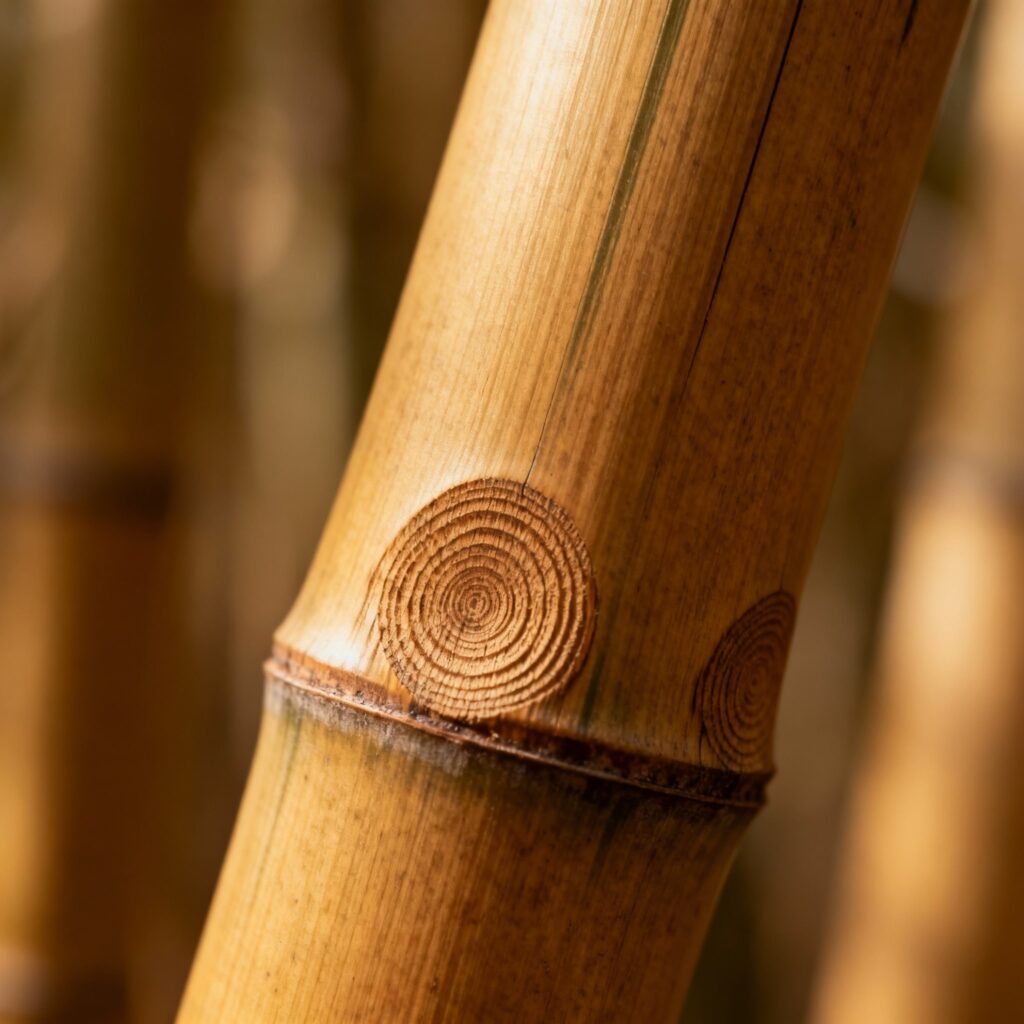
Why Choose Kreliv for Your Balcony
I’ve tried many planters over the years, and Kreliv stands out for several reasons. These planters are handcrafted by Indian artisans, supporting local craftsmanship while delivering quality products. The brand focuses on durability — these planters are designed to withstand harsh Indian summers and monsoon humidity without cracking quickly.
Customer reviews consistently highlight the planter’s smart and elegant design that fits perfectly in balconies of any size. The eco-appeal is another major selling point. Bamboo grows rapidly and absorbs significant amounts of carbon dioxide, making it one of the most sustainable materials available. When paired with locally made terracotta, the Kreliv planter becomes a truly responsible choice for environmentally conscious gardeners.
Key Takeaway: Kreliv combines Indian craftsmanship, sustainable materials, and proven durability for balcony-friendly planters that last.
Top Benefits of Kreliv Bamboo Planters
Let me share why the Kreliv Bamboo Terracotta Hanging Planter has become essential for Indian balcony gardeners:
Lightweight & Easy to Move
Its 450-gram construction makes installation hassle-free. I’ve moved mine around my balcony at least a dozen times following the seasonal sun, and it’s never been difficult.
Natural Temperature Control
Terracotta naturally regulates temperature, keeping plant roots cool during scorching summer months. This cooling property is especially beneficial in cities where balconies receive direct afternoon sun.
Prevents Overwatering
The material prevents waterlogging by allowing moisture to evaporate through its porous walls. This breathability makes it more forgiving for beginner gardeners.
Space-Saving Design
Perfect for small balconies, this hanging design maximizes vertical space without cluttering the floor. Plants like money plants, tulsi, marigolds, and small herbs thrive beautifully in this setup.
Aesthetic Appeal
The earthy smell of terracotta after rain combined with the natural bamboo texture, creates a sensory experience that transforms any balcony into a peaceful retreat.
💡 Try This Tip: Rub a thin layer of coconut oil on the bamboo frame once a month to prevent cracking during dry seasons.
Key Takeaway: Kreliv planters offer lightweight portability, natural cooling, anti-overwatering properties, space efficiency, and timeless aesthetic appeal.
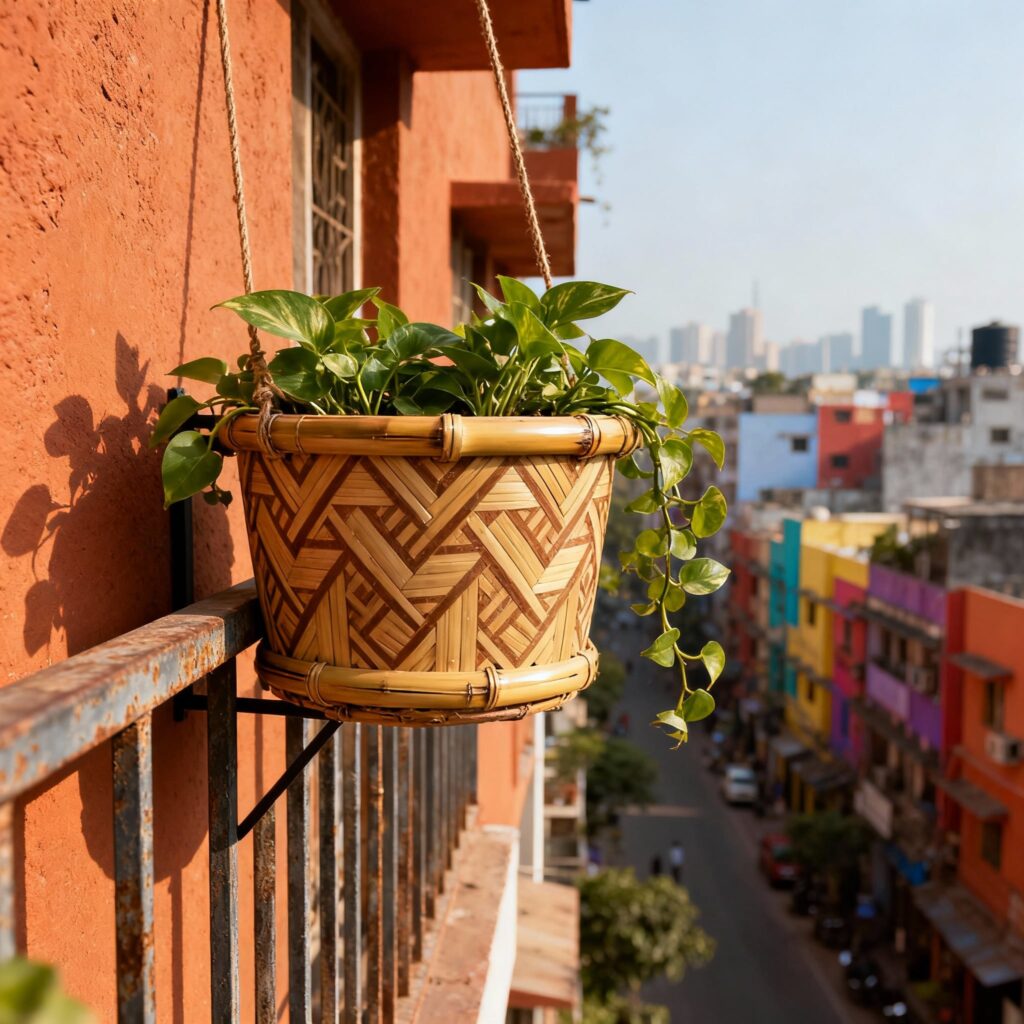
How to Make a Bamboo Planter
When I first tried cutting bamboo for planters, I was nervous about messing up. But trust me — learning how to make a bamboo planter is easier than it looks and perfect for decorative plant arrangements. This DIY project requires minimal materials and can be completed in one afternoon while sipping chai on your balcony.
Materials You’ll Need
- Bamboo poles (various diameters)
- Saw and sandpaper
- Wood glue or outdoor adhesive
- Drill with small bit
- Rope or twine for hanging
- Plastic liner (optional)
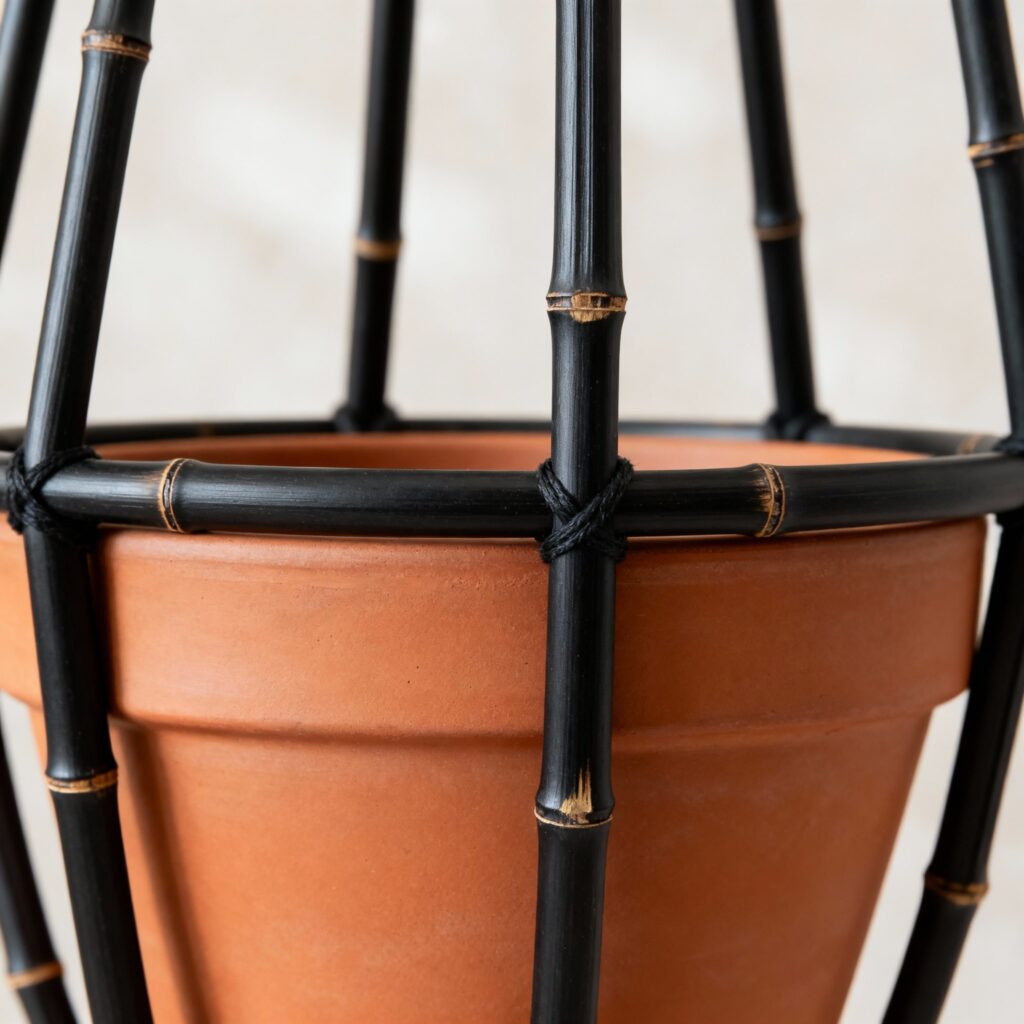
Simple Step-by-Step Process
Step 1: Cut and Clean
Cut bamboo tubes to 12-15 inches using a saw. Clean thoroughly with a damp cloth and let dry completely in sunlight.
Step 2: Create Plant Opening
Mark a rectangular opening on one side of the bamboo tube where the plant will sit. Use a sharp knife or drill to create this opening carefully — go slow to avoid splitting the bamboo.
Step 3: Smooth Edges
Smooth all edges with sandpaper to prevent splinters and achieve a polished look. This step makes a huge difference in the final appearance.
Step 4: Drill Hanging Holes
Drill small holes at both ends of the bamboo tube for threading rope. Make sure holes are aligned so the planter hangs straight.
Step 5: Add Hanging Rope
Thread strong rope or twine through the holes and tie secure knots to create hanging loops. Test the strength before adding plants.
Weatherproofing Tips
Apply a thin coat of varnish or natural oil to protect bamboo from monsoon moisture. I use coconut oil because it’s natural and doesn’t harm plants — this extends the planter’s lifespan significantly in Indian weather conditions.
Key Takeaway: With basic tools and five simple steps, anyone can create beautiful decorative bamboo hanging planters at home.
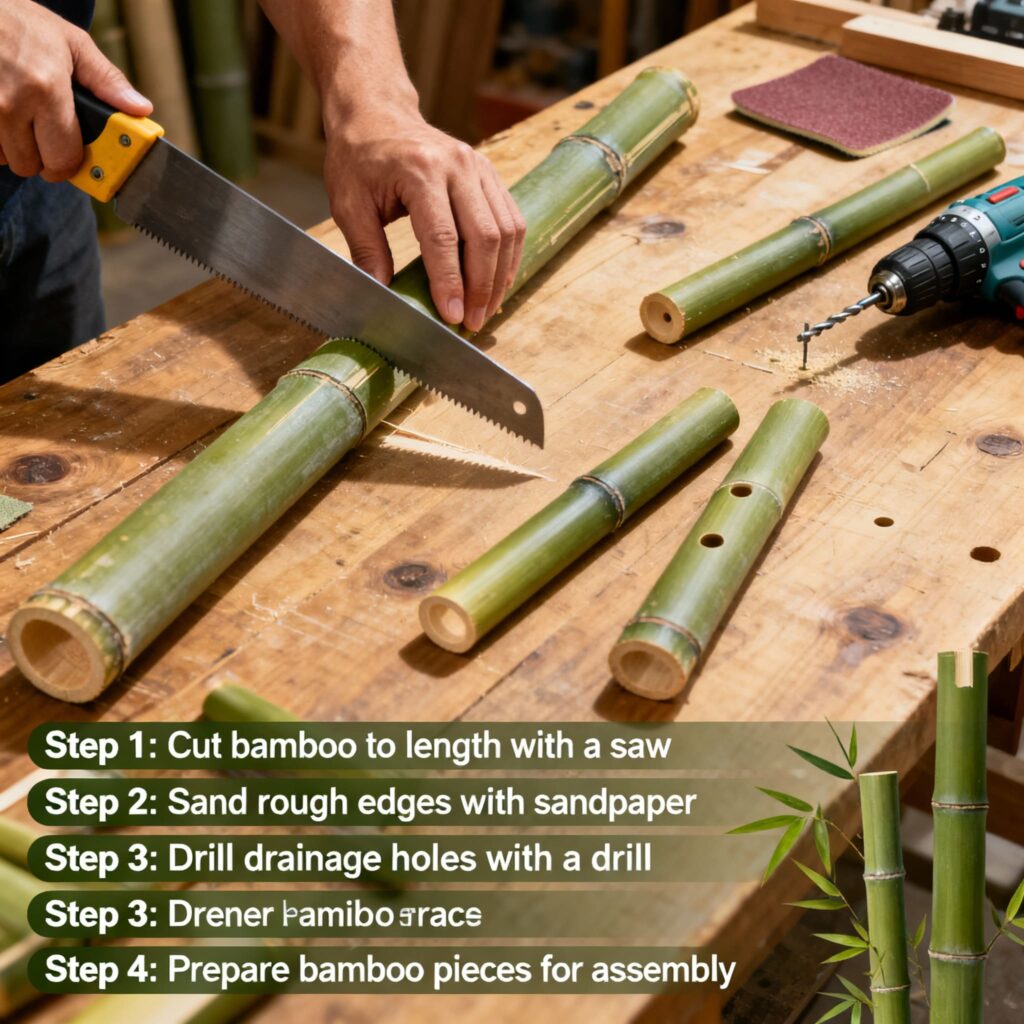
How to Make a Bamboo Planter Box
Creating a bamboo planter box focuses on functional gardening, particularly for growing vegetables on balconies. Unlike decorative hanging planters, planter boxes provide more soil depth for root vegetables and herbs — perfect if you’re planning a small kitchen garden.
What You’ll Need
- Bamboo poles (longer lengths for sides)
- Saw, sandpaper, measuring tape
- Wood glue or screws
- Landscaping fabric or plastic liner
- Drill for drainage holes
Building Your Planter Box
Step 1: Cut Framework
Cut bamboo poles into sticks — longer pieces for the box sides and shorter ones for the ends. Measure twice, cut once!
Step 2: Assemble Frame
Lay out the poles to form a rectangular frame and secure joints with wood glue or screws. Allow adhesive to dry completely before proceeding — patience pays off here.
Step 3: Add Liner
Line the inside with landscaping fabric or plastic to prevent soil from escaping. Poke small drainage holes in the liner.
Step 4: Create Drainage
Drill multiple drainage holes in the bottom to ensure proper water flow. This prevents root rot and keeps plants healthy.
Step 5: Fill and Plant
Fill with high-quality potting soil and plant vegetables like carrots, onions, or herbs. Mint, coriander, and green chilies grow beautifully in these boxes.
This planter box design is ideal for growing fresh produce right on your balcony. For more vegetable gardening tips and seasonal planting guides, check out our comprehensive resource on Balcony Fruit and Vegetable Garden.
Key Takeaway: Bamboo planter boxes provide deeper soil depth for vegetables and are perfect for balcony kitchen gardens.
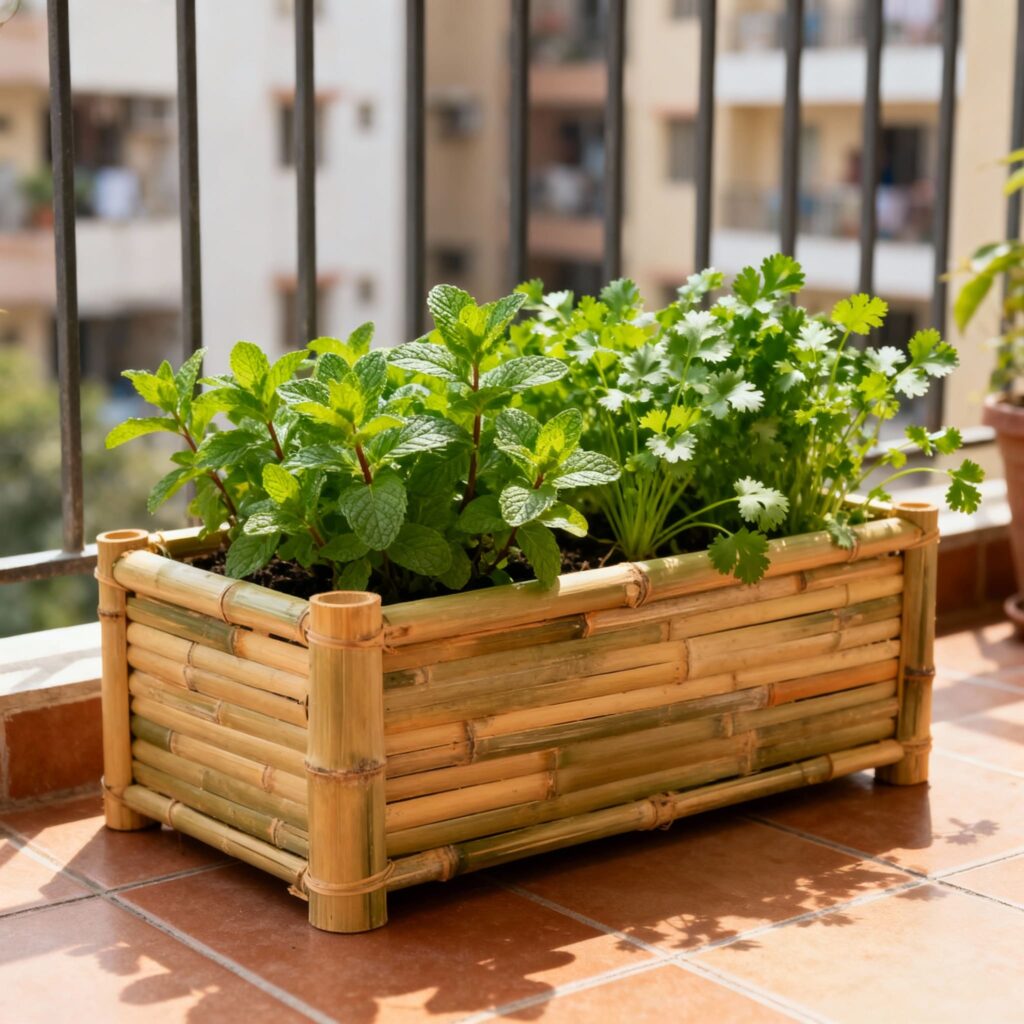
👉 Planning your first balcony vegetable setup? Start with a quality bamboo planter — the Kreliv hanging version works great for herbs!
Do Hanging Pots Need Drainage Holes?
This is one of the most common questions I get from beginner gardeners. The short answer: yes, hanging pots absolutely need drainage holes to prevent root rot and plant diseases. When excess water accumulates in planters without proper drainage, it suffocates plant roots by depriving them of oxygen.
I learned this the hard way when I lost three beautiful money plants because I thought the terracotta would absorb all the excess water. It doesn’t work that way — drainage holes are essential.
Why Drainage is Critical
- Prevents waterlogging and root rot
- Allows air circulation in the root zone
- Helps leach excess salts from soil and fertilizers
- Reduces fungal growth and pest problems
DIY Drainage Solutions
For terracotta planters without sufficient holes, use a drill with a masonry bit to carefully create 2-3 small holes in the base. Start with a smaller bit and gradually increase size to prevent cracking. Place small stones or broken terracotta pieces at the bottom before adding soil to improve water flow.
The bamboo and terracotta combo naturally improves airflow around plants. Terracotta’s porous nature allows moisture to evaporate through the walls, reducing the risk of overwatering even in humid Indian climates. This breathability makes terracotta planters more forgiving for beginner gardeners.
Quick Drainage Checklist:
- Always check for 2-3 drainage holes before buying
- Add pebble layer at bottom for better water flow
- Never use saucers under hanging planters (mosquito breeding risk)
- Terracotta breathes but still needs proper drainage
Key Takeaway: Drainage holes are non-negotiable for healthy plants — they prevent root rot, improve airflow, and extend plant lifespan.
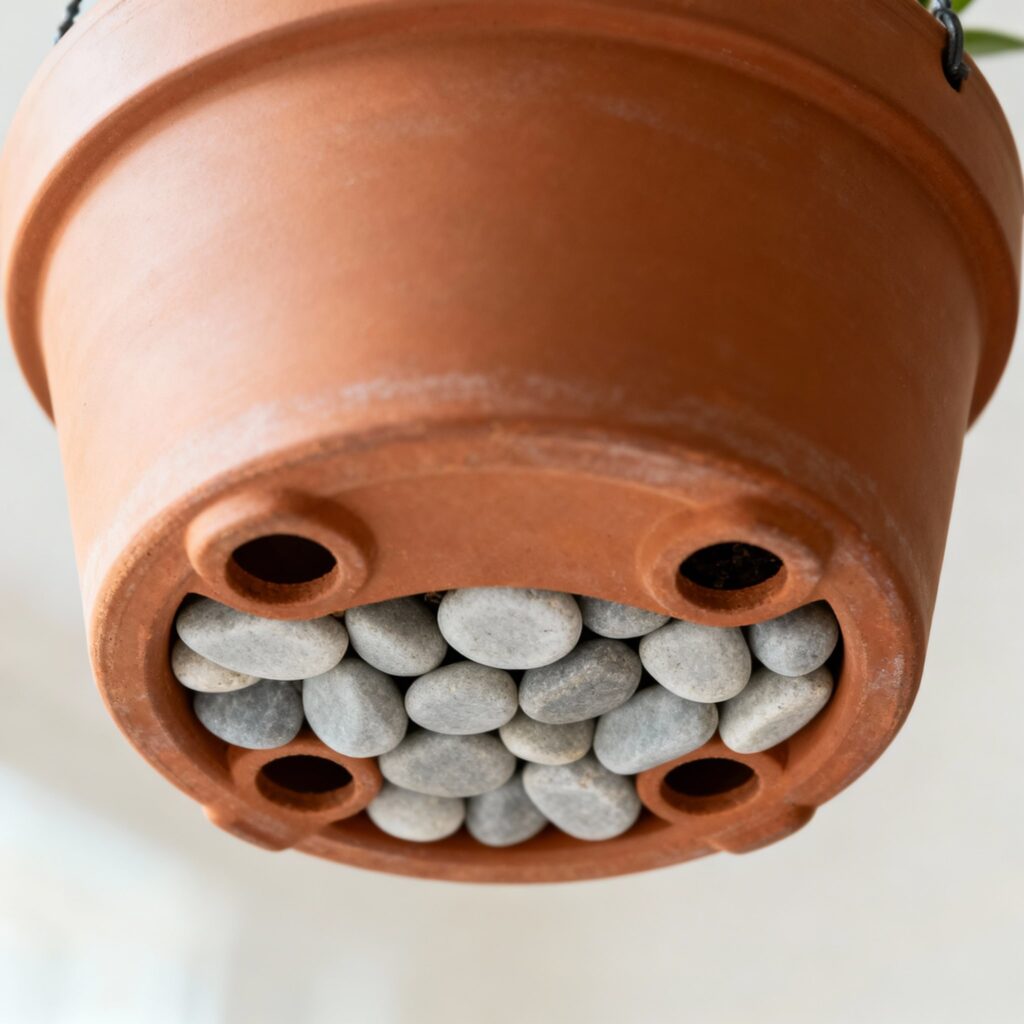
Can Command Strips Hold Hanging Plants?
I’ve tested Command strips extensively on my balcony walls, so let me share what actually works. Command strips can hold light hanging plants weighing under 1 kg (approximately 2.2 pounds). The small Command picture hanging strips support up to 900 grams per set, while medium strips can handle up to 2.5 kg when used in multiples.
The Kreliv Bamboo Terracotta Hanging Planter weighs about 450 grams empty. Adding soil and a small plant brings the total weight to approximately 800-900 grams, making it suitable for Command strips if used correctly. However, Command strips work best on smooth, clean surfaces like painted walls or tiles.
Usage Guidelines
- Use Command strips only for planters under 1 kg total weight
- Ensure wall surface is clean, dry, and smooth before application
- Press firmly for 30 seconds after application
- Wait 1 hour before hanging plants
- Test with empty planter first before adding soil
Heavy Planter Alternatives
For plants exceeding 1 kg, use traditional screw hooks anchored into wall studs or ceiling beams. These provide much stronger support and can handle planters up to 5-7 kg safely. Many Indian balconies have concrete walls where expansion anchors work perfectly for heavier hanging arrangements.
💡 Expert Tip: If you’re unsure about weight, always go for wall anchors rather than adhesive strips — safety first, especially during windy monsoon months!
Key Takeaway: Command strips work for lightweight planters under 1 kg; use screw hooks or wall anchors for heavier arrangements.
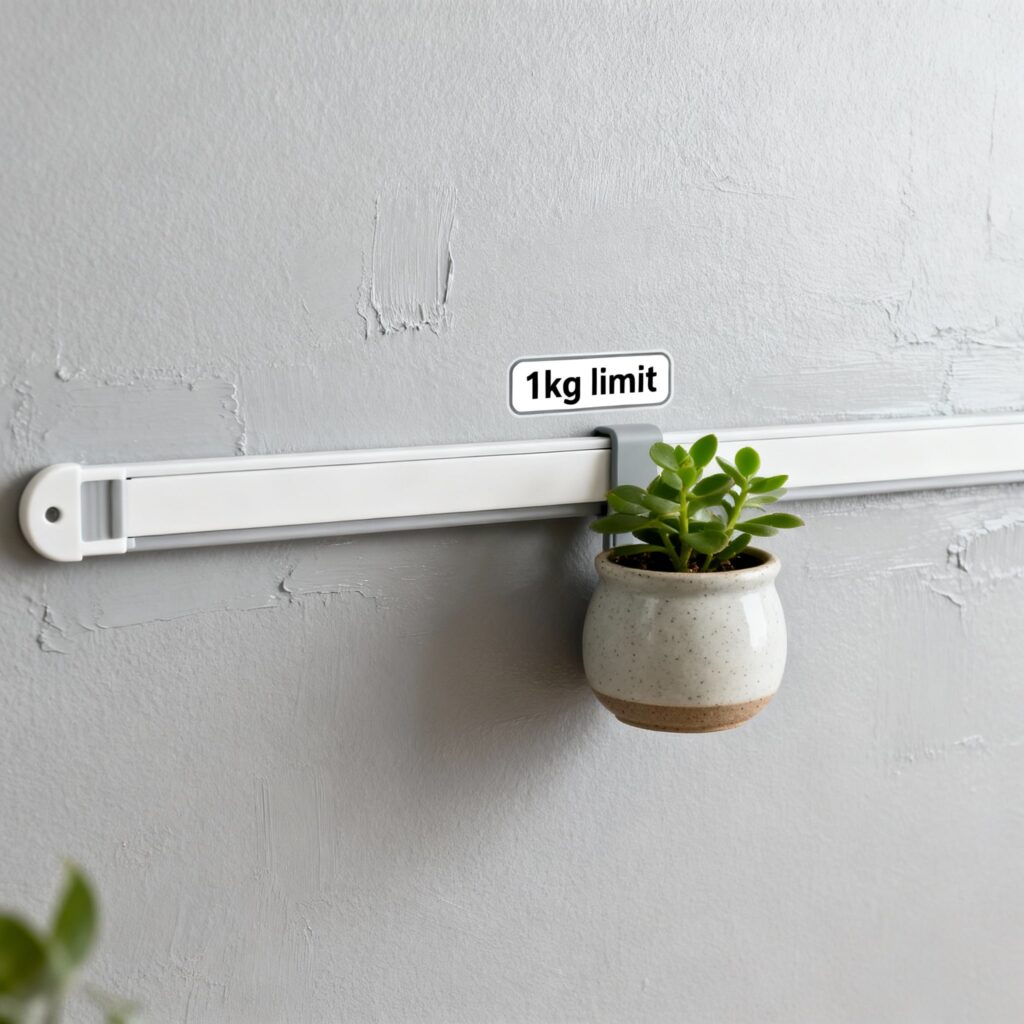
Vertical Bamboo Planter Ideas
Vertical gardening changed my small 4×6 feet balcony completely. Vertical bamboo planter ideas maximize limited balcony space by utilizing wall height instead of floor area. This approach is particularly effective in Indian apartments where balconies are often narrow but have decent wall space available.
Single-Wall Setup
Mount bamboo poles vertically along one balcony wall and attach small planters at different heights. This creates a living wall effect that looks stunning while housing multiple plants. Use bamboo poles as the structural frame and hang small terracotta pots using jute rope for an authentic Indian aesthetic.
I installed this setup on my south-facing wall, and now I have ten plants growing where previously only two would fit.
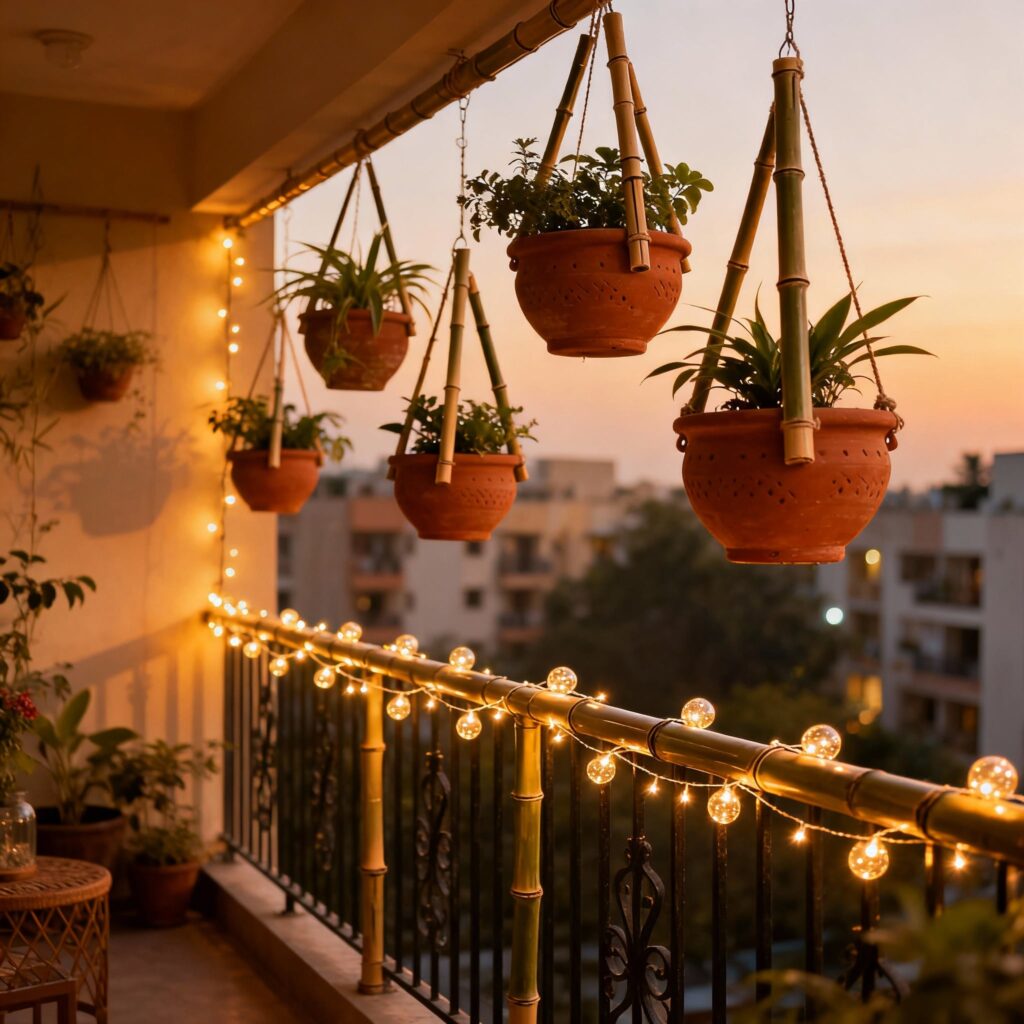
Multi-Tier Arrangements
Create a ladder-style shelf system using horizontal bamboo poles at different levels. This design allows stacking of herbs, flowers, and trailing plants like pothos or money plants. The tiered approach ensures each plant receives adequate sunlight while maintaining visual appeal.
Corner Bamboo Frames
Utilize corner spaces by creating L-shaped bamboo frames. These are perfect for cascading plants and make unused corner areas productive.
For more creative balcony decoration ideas and seasonal styling tips, explore our detailed guide on Apartment Balcony Indian Balcony Garden Decoration Ideas.
Vertical Garden Ideas:
- Wall-mounted bamboo pole grid (3-4 levels)
- Ladder-style tiered shelving
- Corner bamboo frame for cascading plants
- Railing-mounted bamboo planters
- Ceiling-hung bamboo chain arrangements
💡 Expert Tip: Position sun-loving plants on the top tiers and shade-tolerant varieties on lower levels to optimize light distribution.
Key Takeaway: Vertical bamboo planters maximize small balcony spaces by using wall height, allowing 3-5x more plants than floor arrangements.
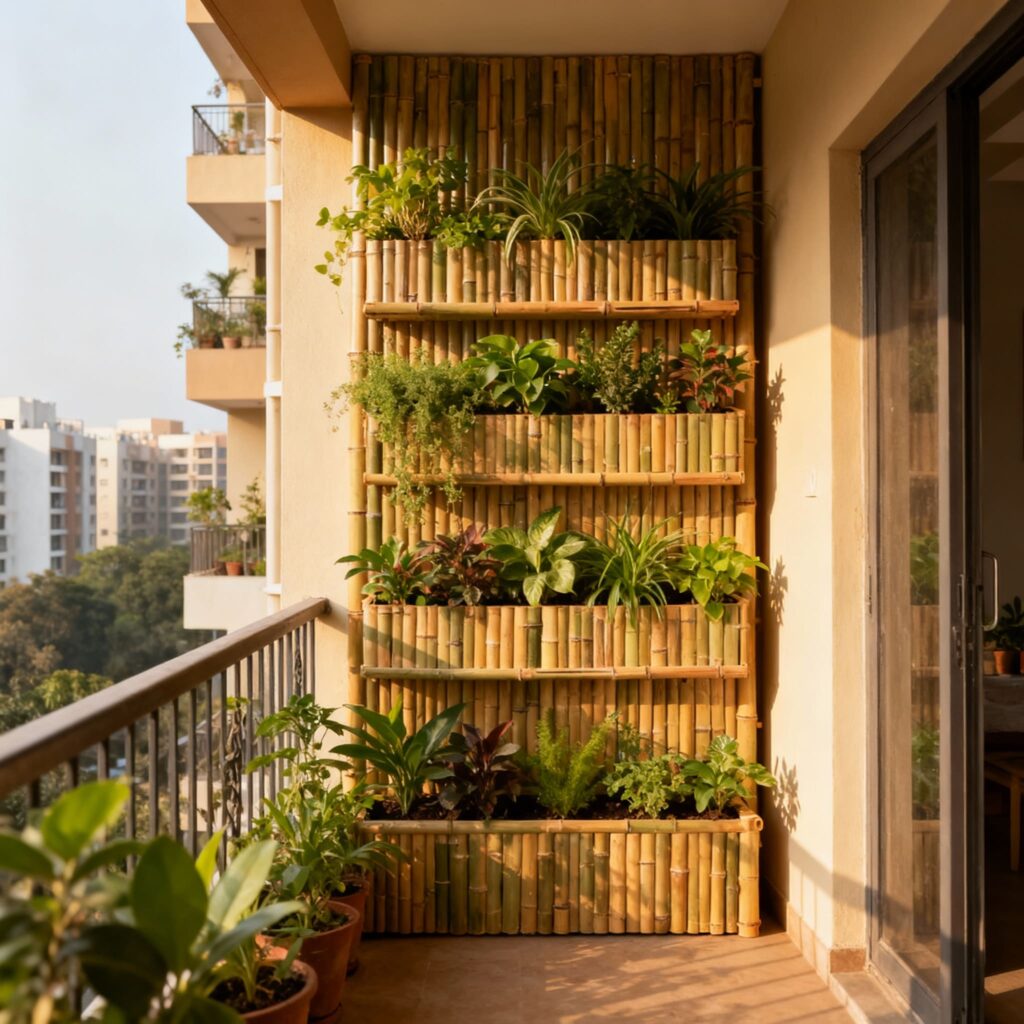
Balcony Decoration with Hanging Planters
Decorating balconies with hanging planters requires thoughtful placement and material mixing for visual interest. I spend time each morning observing which areas receive morning versus afternoon sun. This knowledge helps position plants according to their light requirements.
Sunlight Placement Tips
Hang sun-loving plants like marigolds and tulsi where they receive 4-6 hours of direct sunlight. Place ferns and pothos in partially shaded spots that get filtered light. For more detailed guidance on balcony gardening basics and plant selection, visit our comprehensive post on How to Grow a Garden on Your Balcony.
Material Mixing Strategy
Combine bamboo, terracotta, and jute planters for a layered, textured look. The Kreliv Bamboo Terracotta Hanging Planter pairs beautifully with rustic jute alternatives for an eco-style balcony garden. Use different planter heights to create visual depth — hang some low near railings and others higher on hooks.
Add trailing plants like string of pearls or wandering jew to cascade downward, creating a lush, layered effect. Mix textures by including smooth ceramic alongside rough bamboo and porous terracotta.
Decoration Quick Tips:
- Group planters in odd numbers (3, 5, 7) for visual balance
- Mix hanging heights for depth perception
- Use trailing plants to soften hard balcony edges
- Coordinate planter colors with balcony furniture
- Add fairy lights woven through planters for evening ambiance
Key Takeaway: Strategic placement based on sunlight patterns and mixing materials creates visually appealing, functional balcony gardens.
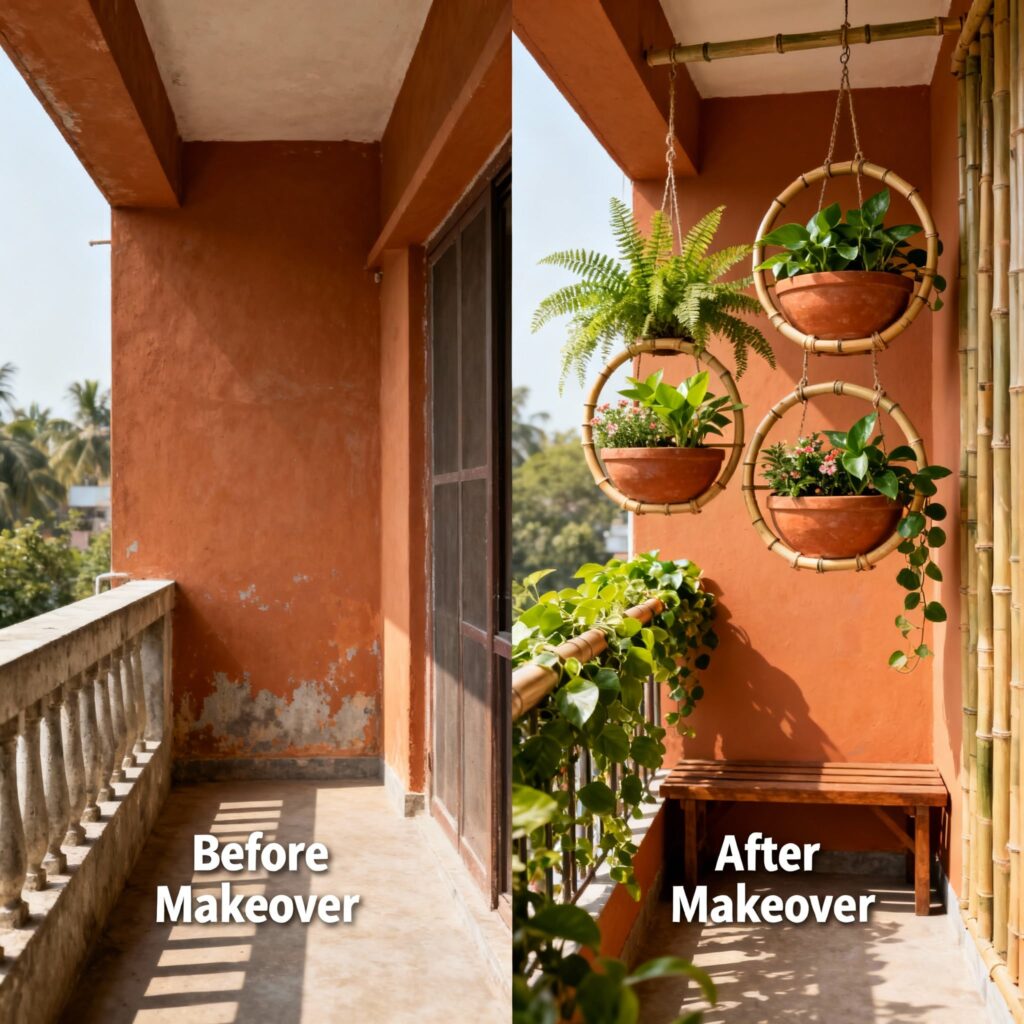
Maintenance Tips for Indian Weather
Maintaining bamboo and terracotta planters in India’s varied climate requires seasonal adjustments. During harsh summers (March-June), terracotta naturally keeps roots cooler, but I check soil moisture daily as heat accelerates evaporation.
Summer Care (March-June)
Rub coconut oil on bamboo frames monthly to prevent cracking from intense heat and UV exposure. This natural treatment maintains bamboo’s flexibility and extends its life by several years. Water terracotta planters in early morning or late evening to minimize evaporation.
Monsoon Care (July-September)
Store planters indoors or under shade during heavy monsoon rains to prevent bamboo from absorbing excessive moisture. Check for fungal growth on bamboo and wipe with diluted vinegar solution if needed.
Winter Care (November-February)
Group planters together to create a microclimate that protects sensitive plants from occasional cold snaps in northern Indian cities. Reduce watering frequency as evaporation slows down.
Cleaning and Maintenance
Clean terracotta pots gently with a soft brush and plain water — avoid harsh chemicals that can seep into the porous material. White salt deposits on terracotta surfaces indicate mineral buildup from water — simply scrub gently with diluted vinegar solution.
💡 Expert Hack: Apply a mixture of buttermilk on new terracotta pots and let them dry in the sun for 24 hours before first use — this traditional Indian technique seals minor pores and prevents excessive water absorption.
Key Takeaway: Season-specific care, including oiling, monsoon protection, and proper cleaning, extends planter life to 3-5 years.
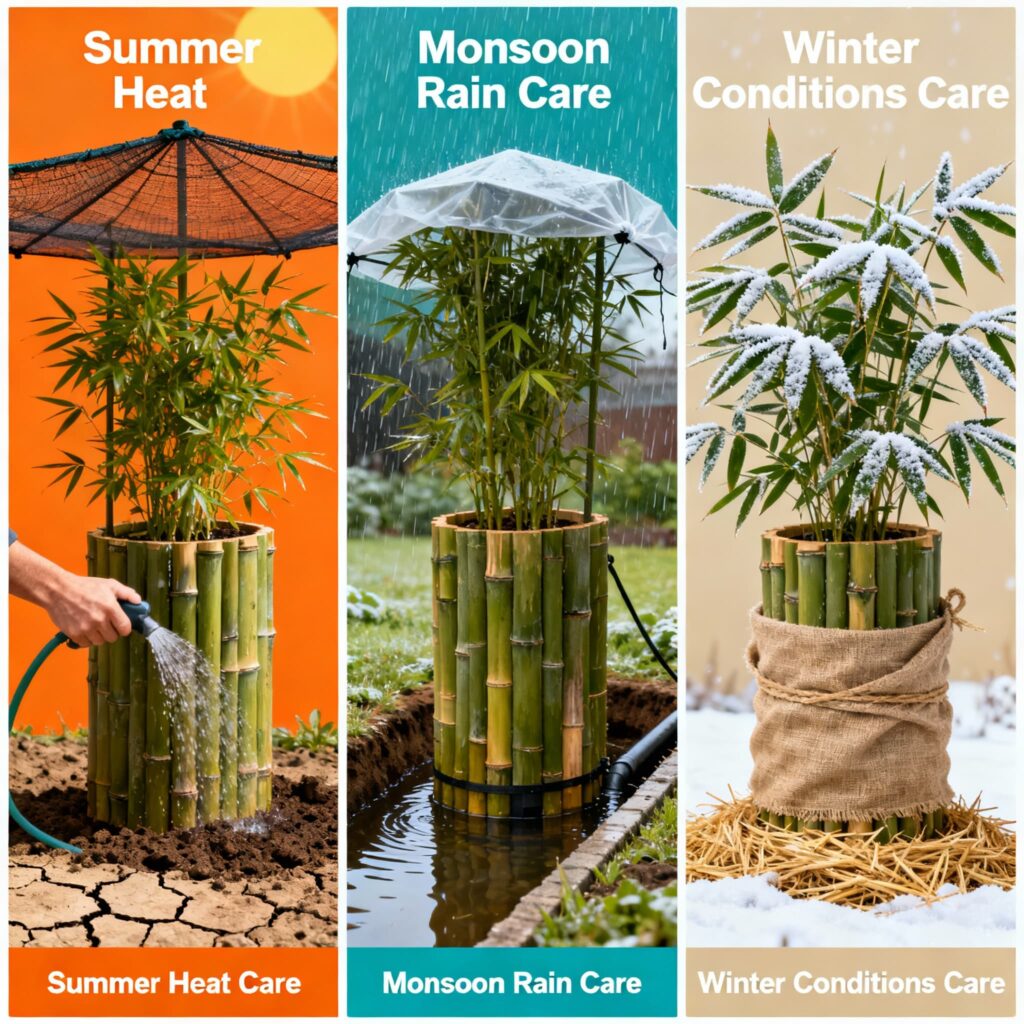
Common Mistakes to Avoid
Let me share the mistakes I made so you don’t have to. Overwatering is the most common mistake with terracotta planters, especially during monsoon season. While terracotta is porous and breathable, excessive water still causes root rot if drainage holes are inadequate.
I lost my first curry leaf plant to overwatering because I didn’t understand how to check soil moisture properly. Check soil moisture by inserting a finger 2 inches deep — water only when soil feels dry.
Critical Mistakes
Weak Hanging Supports
Hanging from weak supports leads to accidents and broken plants. I’ve seen planters crash down during strong winds because they were hung on decorative hooks not meant for weight. Always verify the weight capacity of hooks, Command strips, or railings before installation. The Kreliv Bamboo Terracotta Hanging Planter requires hooks rated for at least 1.5 kg to account for soil, water, and plant weight.
Missing Drainage
Using planters without checking drainage is a setup for failure. Even decorative planters need at least 2-3 drainage holes at the base. Never use saucers under hanging planters, as they collect water and increase mosquito breeding in Indian climates.
Ignoring Seasonal Changes
Not adjusting care routines with seasons leads to plant stress. Summer requires more water, monsoon needs less, and winter demands moderate watering.
Mistake Prevention Checklist:
- Don’t overwater — check soil before watering
- Don’t use weak hooks or adhesive strips for heavy planters
- Don’t skip drainage holes
- Don’t hang planters in extreme wind-prone areas
- Don’t ignore seasonal care adjustments
Key Takeaway: The top three mistakes — overwatering, weak supports, and poor drainage — account for 80% of hanging planter failures.
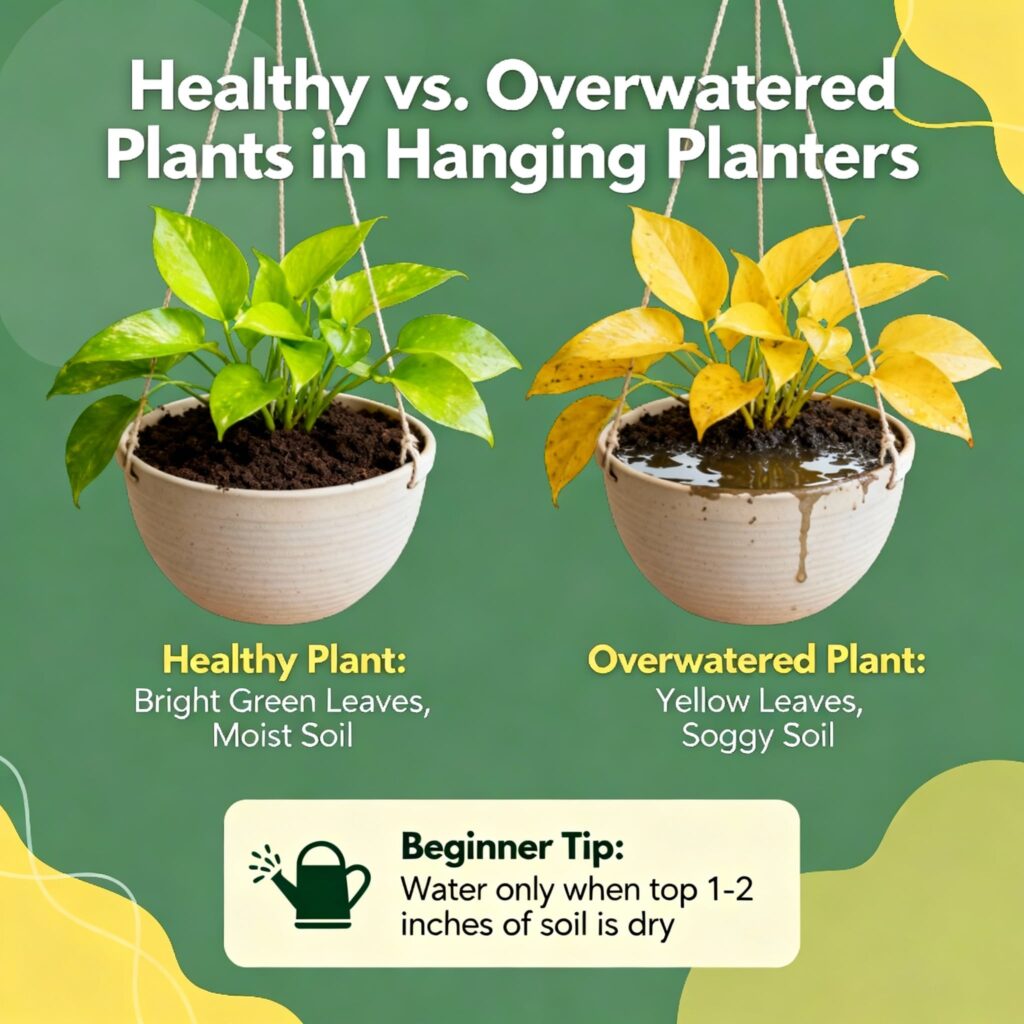
Budget-Friendly DIY Alternatives
Budget-conscious gardeners can create hanging planters using jute fabric, coconut shells, or recycled plastic bottles. When I started balcony gardening, I made my first five planters from materials lying around the house.
Jute Hanging Planters
Jute hanging planters offer a rustic, natural appearance and cost significantly less than commercial options. They’re breathable, biodegradable, and add a traditional Indian touch to balconies.
Simple DIY Process:
- Cut jute fabric into rectangular pieces
- Sew edges to form a pouch shape
- Add hanging strings at the corners
- Insert a plastic liner for waterproofing
- Fill with soil and plant
Coconut Shell Planters
Coconut shells make excellent small hanging planters for succulents or air plants. Simply drill drainage holes, attach hanging wire, and fill with cactus mix.
Recycled Bottle Planters
Recycled PET bottles can be cut horizontally, painted, and hung for herb gardens on budget balconies. I still use bottle planters for fast-growing herbs like coriander and mint.
Key Takeaway: DIY alternatives using jute, coconut shells, and recycled bottles cost 50-70% less than commercial planters while being equally functional.
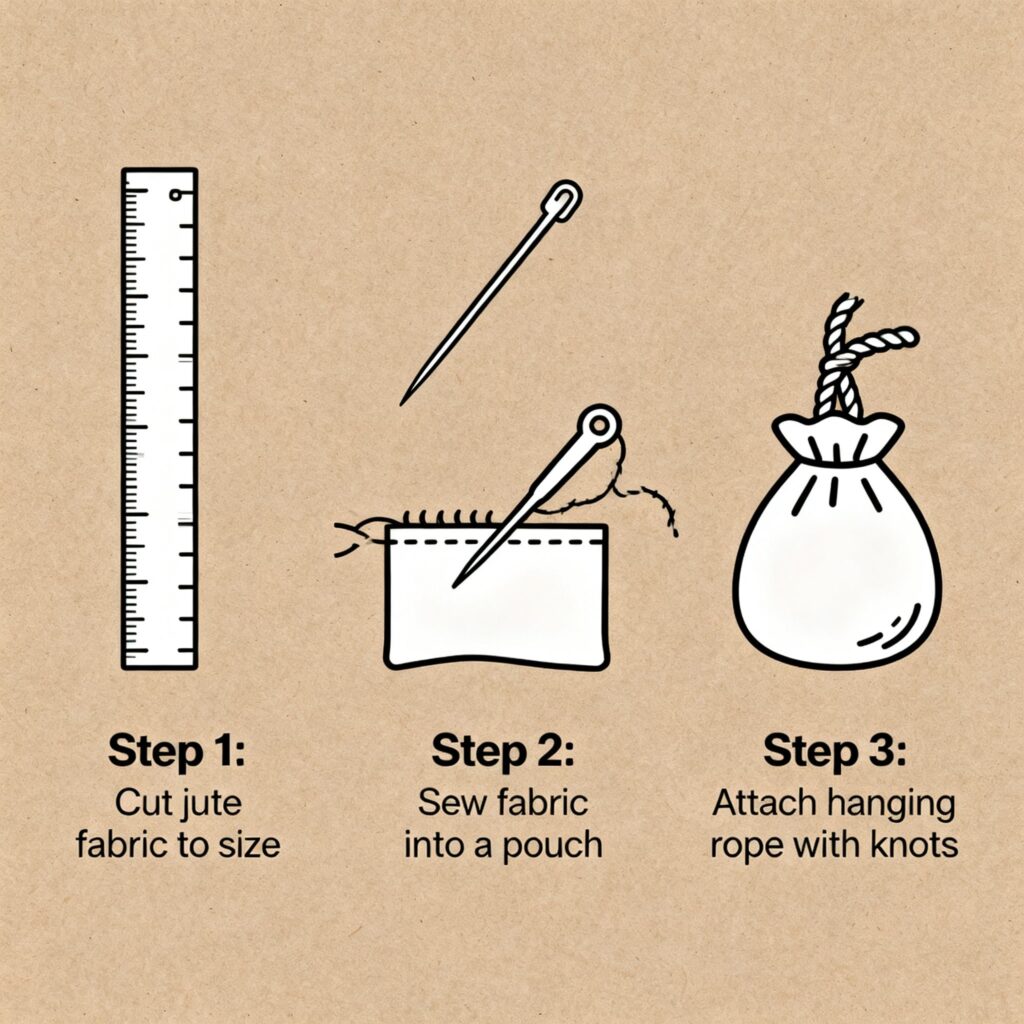
👉 If you’re planning your first balcony setup, start with the Kreliv Bamboo Terracotta Hanging Planter — it’s eco-friendly, durable, and worth every rupee. Check latest prices before stock runs out!
Frequently Asked Questions
Q1: Can I use bamboo planters indoors?
Yes, bamboo planters work excellently indoors. I have three bamboo planters in my living room with pothos and snake plants. Just ensure they’re placed in dry spots away from excessive humidity like bathrooms. Indoor bamboo planters look particularly attractive with low-light plants.
Q2: How to waterproof terracotta planters?
Apply a thin layer of plant-safe sealant inside the terracotta pot while keeping the outside natural for aesthetics. This prevents excessive water absorption while maintaining breathability. Avoid completely sealing terracotta as it defeats the purpose of its porous nature — the breathability is what makes it special.
Q3: Is the Kreliv planter heavy to hang?
No, the Kreliv Bamboo Terracotta Hanging Planter weighs only 450 grams empty. It’s lightweight enough for standard balcony hooks and even quality Command strips. With soil and plant, total weight reaches approximately 900 grams.
Q4: Which plants grow best in terracotta hanging planters?
Herbs like mint, basil, and coriander thrive in terracotta. Small flowering plants like marigolds, petunias, and geraniums also perform well. Trailing plants like money plant and string of pearls create beautiful cascading effects. I personally love growing tulsi in mine — it stays cool and healthy even in peak summer.
Q5: How long do bamboo planters last in Indian weather?
With proper maintenance including monthly oiling and monsoon protection, bamboo planters last 3-5 years. Quality bamboo like that used in Kreliv products tends to be more durable than cheaper alternatives. My first Kreliv planter is still going strong after two years.
Key Takeaway: Most beginner questions revolve around indoor usage, waterproofing, weight capacity, suitable plants, and maintenance duration.
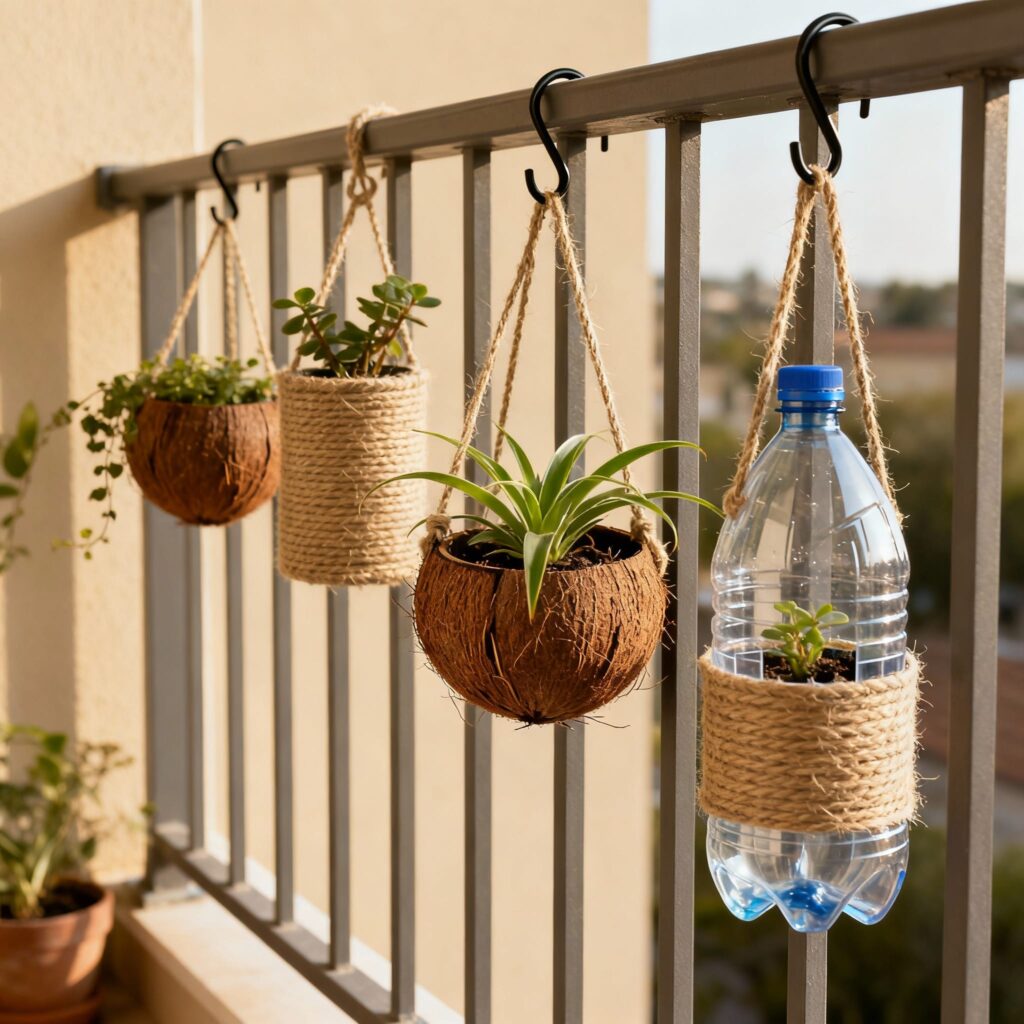
Conclusion
The Kreliv Bamboo Terracotta Hanging Planter brings together sustainability, functionality, and aesthetic appeal in one beautiful package. For Indian balcony gardeners seeking eco-friendly solutions that work in our unique climate, this planter checks all boxes. Whether styling a tiny Mumbai balcony or a spacious Pune terrace, bamboo and terracotta combinations create green spaces that feel authentic and connected to nature.
I’ve watched my own balcony transform from a dull, unused space into my favorite morning ritual spot — all because I started with one hanging planter. If you’ve been dreaming of a calm green balcony, this is your sign to start today. Your first planter might just spark your favorite new habit.
Your balcony deserves a green story — start it today!
Try the Kreliv planter and share your balcony makeovers on Instagram — tag @FlatGardeningIndia. Let’s make every balcony a green escape, one planter at a time.
👉 Visit FlatGardening.com for more DIY balcony ideas, seasonal gardening tips, and sustainable planter projects. Join our community of Indian balcony gardeners and share your creations with #FlatGardeningIndia!
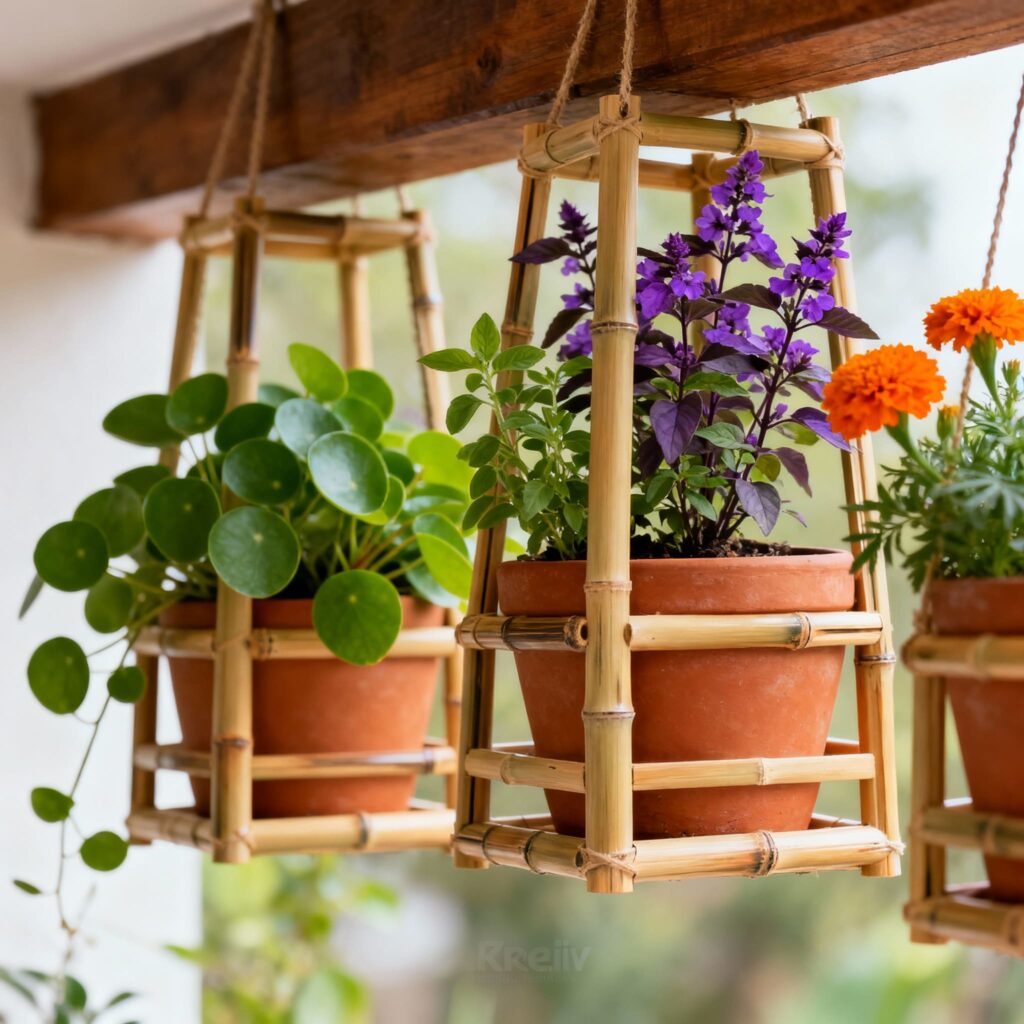
Written by Zaid Ansari, founder of FlatGardening.com — passionate about simple, affordable, and eco-friendly balcony gardening for Indian homes.